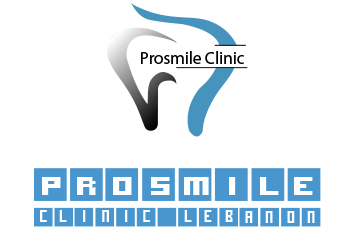
When most people think of the dentist, they imagine the sound of the dental drill. Patients who feel some level of dental anxiety at the thought of a traditional drill may be pleasantly surprised to discover that air abrasion, an alternative to drills, is available for many dental procedures.
During your appointment, Dr W. Kattar will generally provide safety goggles to protect your eyes from the spray of particles. He also takes steps to shield the surrounding teeth, to avoid unintentional wear of healthy tooth surface.
To understand more about Air Abraison:
During air abrasion, an instrument that works like a mini sandblaster is used to spray away decay. During air abrasion, a fine stream of particles is aimed at the stained or decayed portion of the tooth. These particles are made of silica, aluminum oxide, or a baking soda mixture and are propelled toward the tooth surface by compressed air or a gas that runs through the dental handpiece. Small particles of decay on the tooth surface are removed as the stream of particles strikes them. The particles of decay are then “suctioned” away through a thin tube.
Air abrasion can also be used to:
• Remove some old composite restorations, but not metallic restorations such as silver amalgam fillings
• Prepare a tooth surface for bonding or sealants
• Remove superficial stains and tooth discolorations
